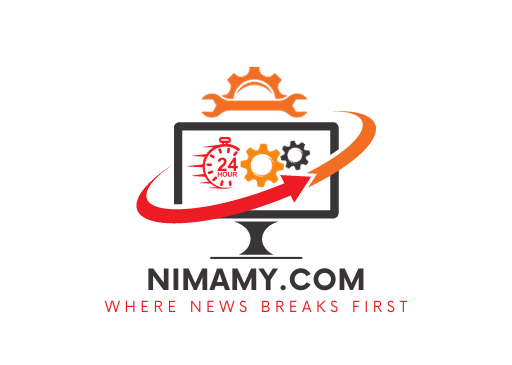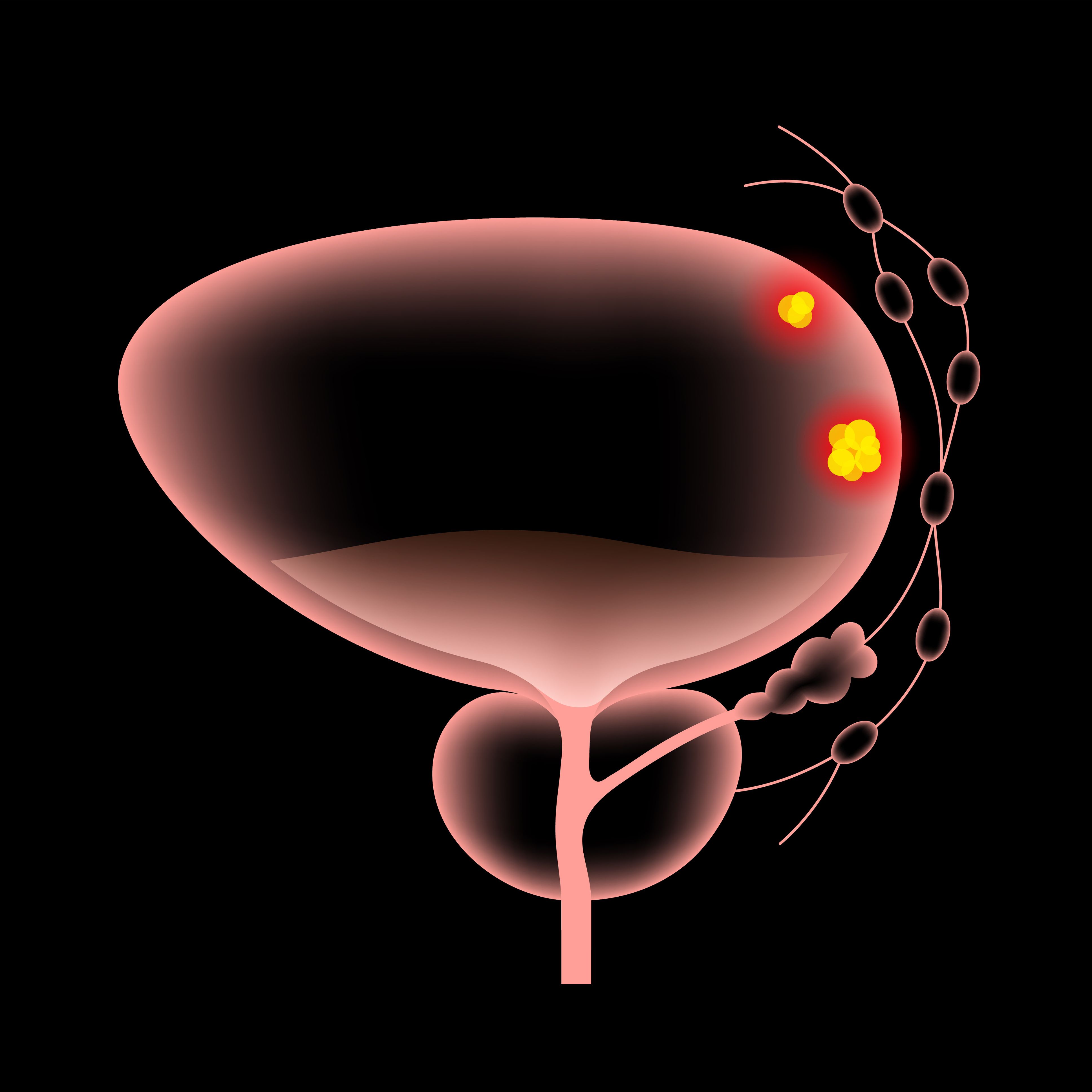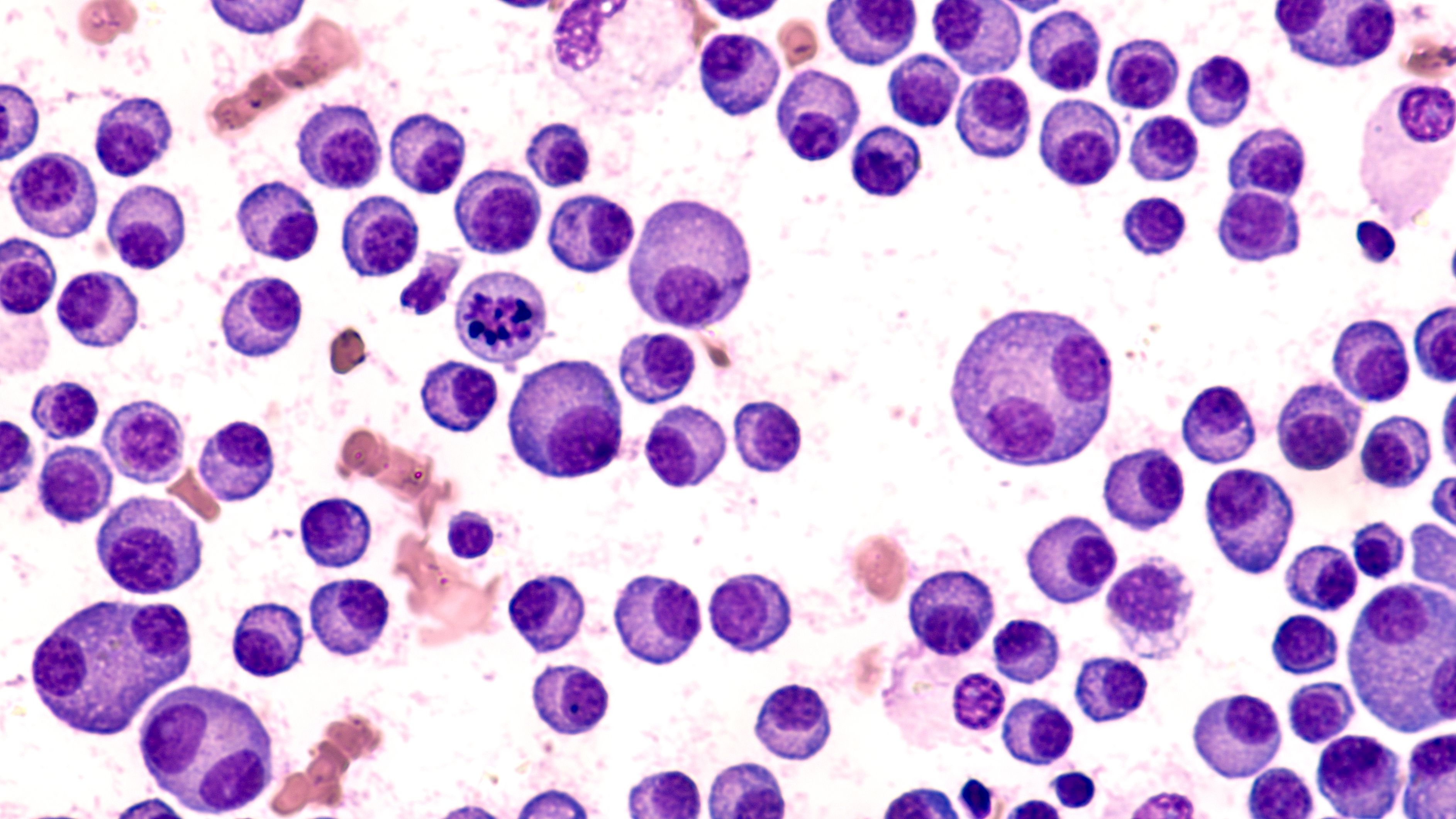Image Credit: © ipopba – stock.adobe.com
From the promise of shrinking pancreatic tumors to a vaccine for Alzheimer’s, groundbreaking clinical research is transforming lives, but the journey from lab innovation to market-ready product is fraught with challenges.
One of the most overlooked yet critical hurdle is the complex process of clinical trial contracting. Contracts form the backbone of biotech R&D, enabling the flow of resources, technologies, and intellectual property that drive innovation. Accordingly, the efficiency and effectiveness of the contracting process can significantly affect a company’s ability to swiftly bring new therapies and technologies to market. Yet the complexity of these agreements, coupled with the rapid pace of scientific advancement, often makes contracting a bottleneck in the R&D pipeline.
Biotechs active in pre-clinical or clinical research often lack sufficient in-house resource capacity and expertise to anticipate, design, and prepare for multi-jurisdictional clinical trials and approvals from major regulators (FDA/EMA), which need to be scalable across multiple jurisdictions and drug programs.
In an industry that has innovation in its DNA (take blockchain technology, for example, which is already solving inherent problems related to patient privacy and trial results disclosure), the leap to more innovative contracting strategies is a logical progression.
This article examines how an efficient and sustainable legal contracting model can streamline clinical trial research and carve a path to innovation and, ultimately, patient care.
Design first, around a human-centric innovation culture in contracting
Lengthy negotiation timelines, intellectual property disputes, and compliance with regulatory requirements can conspire to impede research progress, draining anywhere from $600,000 up to an astounding $8 million per day of delay from a pharmaceutical trial sponsor budget, while contracting complexities can also strain relationships with partners and collaborators, potentially jeopardizing critical research initiatives.
Tech solutions, such as contract lifecycle management (CLM) software, can automate and streamline many aspects of the contracting process, reducing administrative burdens, improving accuracy, and shortening negotiation times. However, a technology platform alone is not an innovation strategy—although many organizations continue to get this age-old lesson backwards.
Start first with the mantra of transform while doing/do while transforming. Design an effective contracting ecosystem that starts with matching the nature of the work along with required capacity, talent, and expertise; and integrates the technology and tooling needed to build in speed, efficiency and scalability—all aligned to the best executional approach to each type of work, from mission-critical, multi-jurisdictional site start-up contracting, to lower risk contracts.
How to do both—“transform,” and “do”—in parallel? Think SWAT—an “operate/build” style program to mobilize the capacity and expertise required to support the current pipeline, while building the ecosystem that will propel the company through future drug innovations.And although technology will play a central role in contracting innovation—no technology can effectively operate without capturing and codifying the core knowledge assets that start with humans.
Doing technology right in an age of GenAI opportunities…and uncertainties
Ultimately, GenAI will function as co-worker, providing leverage, support, insights, and lift to the teams engaged in the process. Given the pace of change in the contracting technology landscape—with modern CLMs increasingly integrating GenAI capability into the feature set in a more foundational way—the calculus is changing fast for technology decisions, whether a first-time or a second/third generation CLM buyer.
First time CLM buyers should first look to ensure their knowledge assets (in contracting-speak, this can mean contract templates, clause libraries, and current contract repositories) are AI- and CLM-ready, meaning that historical contracts, data, and positions are codified and accessible to feed GenAI models and capabilities.
For more experienced CLM users—including those where adoption and leverage of the current platforms are not yet fully realized—GenAI brings the opportunity to supplement versus supplant existing technology and workflowsIn fact, the intuitive, language-based nature of GenAI may finally crack the code to drive adoption of such systems by creating a far better experience—for clinical operations, for legal, for the business, and for others interacting with the contracting ecosystem.
One recent client example of “transform while doing” is a private multinational biopharmaceutical company whose legal team implemented a dedicated contracting innovation hub while mobilizing expert capacity to manage current volumes.In part, this encompassed levering the company’s current CLM platform to better align with existing business operations, optimizing the requestor experience with Gen-AI supported “spot” solutions. The results? A 20-30% reduction in contract turnaround time, greatly accelerating time-to-start up for the current site trials while enabling future efficiencies and scalability.
Integrating playbooks and robust systems for improved outcomes
An effective contracting ecosystem captures, codifies, and makes accessible the knowledge of its team, through robust templates, interactive playbooks, and an effectively managed contracting process. This level of contracting maturity is reached through developing standardized contract templates for common agreements, ensuring clear communication of contract terms and expectations, and implementing robust contract management systems to track and manage agreements effectively.
Lack of knowledge codification through playbooks and templates can not only affect the quality and speed of contracting output, but it can be a mission-critical function in the drug development cycle.
One high-growth biotech client found that by optimizing, enabling, and accelerating their clinical trial contracting process, contracting cycle time was cut by 50% across 27 jurisdictions in North America, APAC, and the EU. This biotech created a CTA template by adopting their US clinical trial agreement as a corporate standard and aligned templates for other countries to match—to the extent that legal framework and practices allowed. While the core of the CTA template remains consistent, it can also be adapted to include region-specific legal requirements to ensure compliance.
Not only did this help maintain legal standards across the board, but it also simplified the negotiation process for the integrated legal team. By mastering just one template, legal teams can negotiate other contracts for other locations faster, easier, and with less expense. This approach enhances efficiency in negotiation, maintains high and consistent contracting standards and reduces legal costs.
Additionally, investing in training for team members involved in the contracting process can improve negotiation skills and legal understanding, further enhancing efficiency. Training must include how to best identify risks, along with learning contracting positions, and the rationale behind both. It should also provide governance procedures for intake, escalation, approval, and contract execution, enable consistent user onboarding. This will result in continuous organizational learning and to maintain consistent contract negotiation results.
Adaptive contracting: Enhancing responsiveness and collaboration
The dynamic nature of clinical trial contracting demands flexibility, and traditional contracting models often fall short when priorities change rapidly, necessitating adjustments to the scope, timeline, or other key elements of the contract—giving rise to costly delays and disputes.
Adaptive contracting models, such as agile contracts, facilitate a more responsive and collaborative approach to contracting, promoting alignment between sponsor companies, contract research organizations (CROs) and clinical trial sites. Given the desire from each separate entity to mitigate their own risk, an openness to refining terms is necessary, particularly as regulations and operational preferences within different geographic areas come into play.
This approach ensures that clinical trial agreements evolve in tandem with the research they support, facilitating smoother project execution and adaptation to new circumstances without the procedural overhead of renegotiating terms. This harmony between contracting processes and the dynamic nature of research projects is crucial for maintaining momentum and fostering innovation in research.
Building a collaborative and efficient contracting framework
Effective contracting requires documenting and centralizing the main areas of contractual risk, standardizing negotiating positions, fallback positions, and walk-away positions. Taking these steps decreases the time needed to execute contracts and enables quicker revenue recognition. To establish this requires input from diverse functional areas within a company (legal, finance, R&D, and procurement) enabling more informed and balanced contracts. Cross-functional teams can leverage their collective expertise to address potential issues proactively, from budget constraints to regulatory compliance, streamlining the contracting process.
In the case of one of the multinational biotechs mentioned above, for example, stakeholders have subsequently been empowered to manage their contracts with greater autonomy and efficiency. This is thanks to a collaborative contracting eco-system that facilitates active participation throughout the contract lifecycle. Incorporating best practice clauses in templates has simplified workflows and, as a result, the majority of their contracts can be executed with no legal involvement. This ensures the legal team can be focussed on high risk/high value work.
It is imperative that this collaborative culture extends beyond the organization with a focus on building strategic partnerships with other entities. Partnerships based on trust with academia, industry peers, and CROs can mitigate some of the traditional contracting challenges, and lead to simplified and accelerated contracting processes. Further, they can provide access to new technologies, expertise, and resources, enhancing the overall efficiency of R&D.
In sum: Advancing biotech through strategic contracting and collaboration
Contracting excellence lies in the continued evolution and adoption of innovative strategies and technologies. Emerging tools and technologies have the potential to revolutionize contracting further. Moreover, the increasing emphasis on collaboration with R&D will drive the development of new contracting models designed to facilitate partnership and innovation.
At the heart of contracting innovation, however, are people, so user-centricity is key. Being innovative goes beyond mere technology deployment, it requires intentional focus on fostering a transformative culture across the organization. New legal roles are being created with a sharp focus on innovation, inspiring the entire legal team to think differently.
Through the adoption of forward-thinking strategies and best practices, biotech companies can streamline their R&D efforts, enhance collaboration, and ensure that contracting keeps pace with research—bringing new treatments and technologies to market more efficiently. The future of biotech innovation depends not only on scientific breakthroughs but also on the industry’s ability to move the needle beyond the lab, particularly in critical support processes like contracting.
Ann Heidger, director of healthcare, life Sciences and consumer staples at Factor




